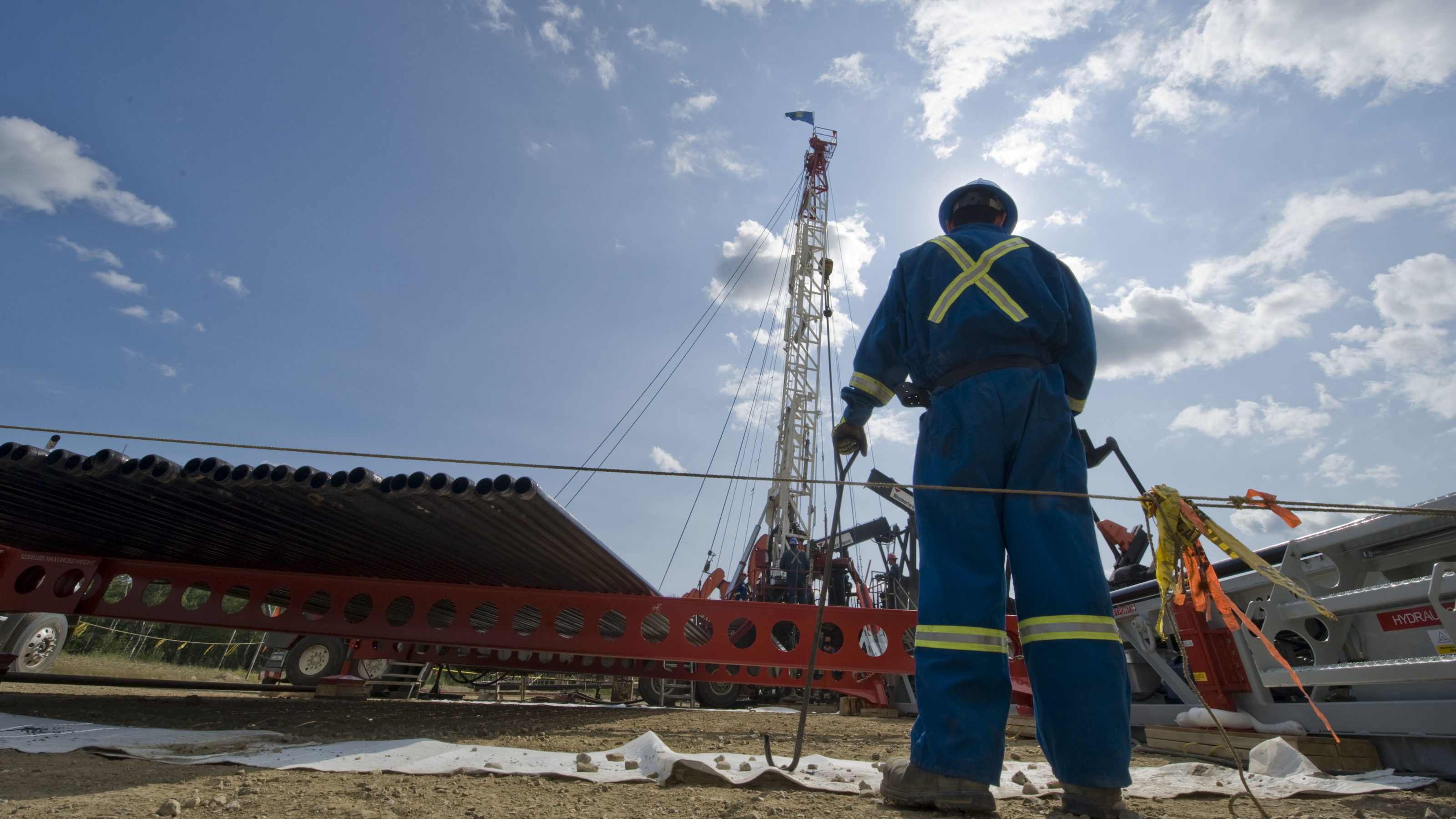Indigenous ownership in Canadian oil and gas continues to grow with the launch of a new drilling company.
Along with industry heavyweights, the Indian Resource Council of Canada (IRC) is one of the founding partners of newly-formed Indigena Drilling. IRC’s aim is to provide economic benefits to its more than 155 member nations across the country.
“[This] is a great opportunity for our members to be on the ground floor of a First Nations-supported energy services company,” said Stephen Buffalo, Indian Resource Council CEO.
Gurpreet Lail, CEO of Enserva, a national trade association representing the service, supply, and manufacturing sectors of the Canadian energy industry, welcomes the new company.
“There are so many discussions happening around Indigenous economic reconciliation, but this actually is doing that instead of just talking about it,” she said.
“This kind of partnership is actually going to help all Nations, not just one.”
Indigena Drilling is an evolution of the relationship between Indigenous communities and drilling operators, says Mark Scholz, CEO of the Canadian Association of Energy Contractors (CAOEC).
“We see a lot of joint partnerships within the industry where it could be ownership or shared ownership of a rig, but I think this is a unique one coming from the lens of a company starting out with significant ownership from an Indigenous perspective would be quite new, at least in the last 10, 20 years,” he said.
Historically it has been more common for Indigenous partnerships on the service rig side of the industry, Scholz said. The main difference is that smaller service rigs conduct work on existing wells, versus drilling rigs that drill new wells.
“A service rig can actually stay very tethered to a particular area and doesn’t have to move long distances, so it’s actually quite conducive to a lot of First Nations communities that often want to stay in the community,” Scholz said.
The CAOEC forecasts approximately 6,400 wells will be drilled across western Canada this year, an increase of about 800 wells compared to 2022.
Scholz said he expects more Indigenous ownership examples like Indigena in the future, particularly in British Columbia, because of the tremendous drilling opportunities that are going to exist in supporting liquefied natural gas (LNG) exports.
“Obviously long-term, both Alberta and British Columbia have huge gas reserves. As we start talking about the energy transformation, gas is going to be incredibly important,” he said.
“I think we’re going to see more LNG takeaway capacity that’s going to have First Nations support and I do see additional opportunities for First Nations communities to have a very robust energy services sector within their communities that they’re going to be operating in.”
Lail said there are more Indigenous-owned energy services companies today than previously, but more need to come into the space.
“As an industry on the whole, I think we’ve done a really good job at moving the needle but there’s more movement that needs to happen,” she said.
“I think this is a good news story and I hope we get more of these into the future.”
The unaltered reproduction of this content is free of charge with attribution to Canadian Energy Centre Ltd.
